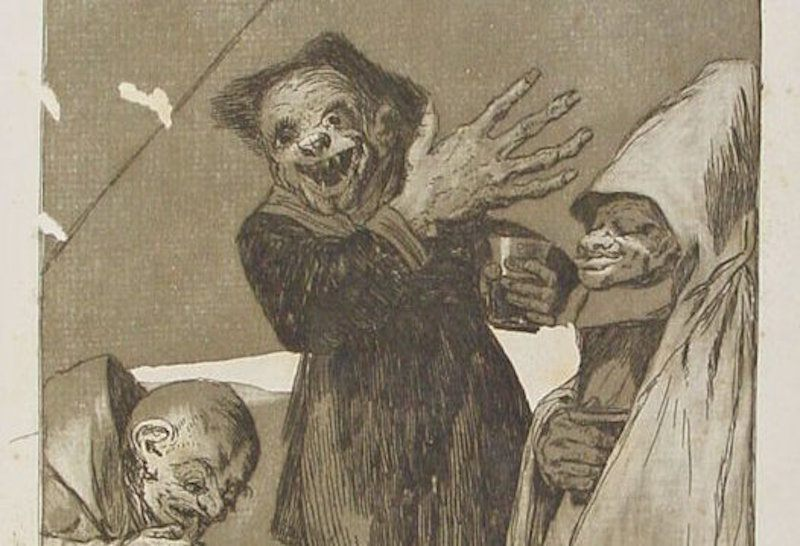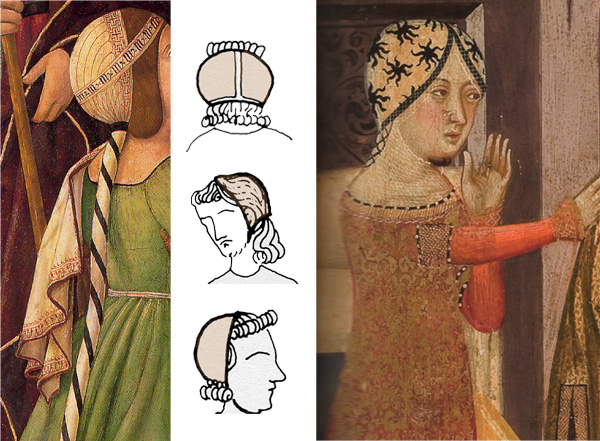Mythological Origin of the Goblins
Leprechauns have their roots in various mythological traditions, being especially prominent in Celtic mythology.
The Celts believed that elves were magical beings who lived in forests and mountains, and who could help or harm humans depending on their mood.
In Norse and Germanic mythology, goblins also appear as magical creatures related to fairies. Although not part of Christian tradition, some 16th and 17th-century demonologists considered them a type of demon.

Features that differentiate them from other creatures, such as Elves
Appearance and Powers
Physically, goblins are described as beings of short stature (no more than one meter) and humanoid appearance, with long, pointed ears and greenish skin.
Their powers vary by tradition, but commonly include the ability to become invisible, shapeshift, and manipulate people's fates.
Elves are known for their magical abilities and connection to nature.
Social Habits and Lifestyle
Goblins typically inhabit natural places such as forests, caves, and mountains. In some cultures, they are believed to live in human homes, where they perform domestic tasks in exchange for small offerings.
They are known for their elusive, often playful, and sometimes vengeful nature. In European folklore, goblins are mischievous and generally very unpleasant creatures, vengeful and greedy, whose main purpose is to cause trouble for humanity.
Elf Clothing
The elves' attire varies by region and tradition. They are generally depicted wearing simple clothes, often in earthy colors that allow them to blend in with their natural surroundings.
In some cultures, they are described as wearing pointy hats and buckled shoes.
Related Legends and Myths
Goblins have been the protagonists of countless legends and myths around the world. In Mexico, for example, there is talk of the aluxes, small creatures that protect nature and can cause mischief if disrespected.
In Guaraní culture, the Pombero is a nocturnal elf who protects nature and can punish those who harm the environment. He is described as a short creature with a large straw hat and the ability to become invisible.
In Belize, Tata Duende is a powerful spirit who protects animals and the jungle. He is described as a wrinkled, hairy being with pointy shoes and no thumbs, carrying a large hat and sometimes a machete or a guitar.

Influence on Popular Culture
Over time, the image of elves has evolved, adapting to different cultural contexts.
In the Middle Ages, they were feared and respected, often associated with magic and the supernatural. With the Renaissance and Enlightenment, their representation shifted toward more benign and whimsical beings.
Today, goblins are common characters in literature, film, and television, appearing in works such as "The Lord of the Rings" and "Harry Potter," where they are portrayed with a variety of characteristics and roles.
Duendes, with their rich history and cultural diversity, continue to be an inexhaustible source of inspiration in popular culture.
From their origins in Celtic and Germanic mythologies to their presence in contemporary literature and cinema, these magical beings represent the connection between the human and the supernatural, the natural and the spiritual. Many still debate their existence, but, real or not, their legacy endures, reminding us of the importance of imagination and wonder in our lives.
Check out this Goblin Overlord skin from Epic Effects . Did you know that goblins can be considered a type of goblin?










